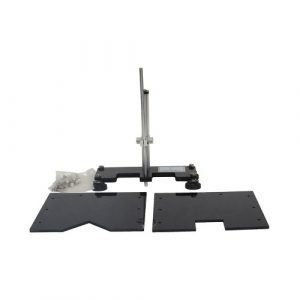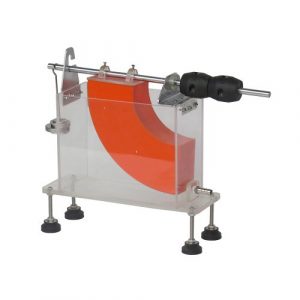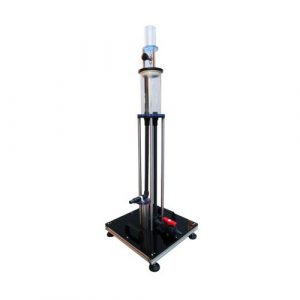- Description
- Inquiry
SR-WL377 Convection and Radiation Didactic Equipment Fluid Mechanics Experiment Equipment
Description
Under real conditions, the heat transport between two objects is normally substance-bound, i.e. convection and/or heat conduction, and not substance-bound, i.e. radiation, at the same time. Determining the individual heat quantities of one type of transfer is difficult.
The WL377 trainer enables users to match the individual heat quantities to the corresponding type of transfer. The core element is a heated metal cylinder located at the centre of the pressure vessel. The surface temperature of the heated metal cylinder is controlled. Temperature sensors measure the surface temperature of the metal cylinder and the wall temperature of the pressure vessel. In addition to the heating power of the metal cylinder, it is possible to study the heat transport from the metal cylinder to the wall of the pressure vessel.
The pressure vessel can be put under vacuum or positive gauge pressure. In the vacuum, heat is transported primarily by radiation. If the vessel is filled with gas and is under positive gauge pressure, heat is also transferred by convection. It is possible to compare the heat transfer in different gases. In addition to air, nitrogen, helium, carbon dioxide or other gases are also suitable.
Heat transport by conduction is largely suppressed by adequately suspending the metal cylinder.
A rotary vane pump generates negative pressures down to approx. 0,02mbar. Positive gauge pressures up to approx. 1bar can be realised with compressed air. Two pressure sensors with suitable measuring ranges are available for the pressure measurement: a Pirani sensor measures the negative pressure while a piezo-resistive sensor measures the positive pressure.
The measured values can be read on digital displays. At the same time, the measured values can also be transmitted directly to a PC via USB, where they can be analysed with the software. Our price didn’t contain PC.
Technical details
Specification
heat transfer between heated metal cylinder and vessel wall by convection and radiation
operation with various gases possible
experiments in vacuum or at a slight positive gauge pressure
electrically heated metal cylinder in the pressure vessel as experimental vessel
temperature-controlled heating element
vacuum generation with rotary vane pump
instrumentation: 1 temperature sensor on the metal cylinder, 1 power sensor at the heating element, 1 Pirani pressure sensor, 1 piezo-resistive pressure sensor
digital displays for temperature, pressure and heating power
software for data acquisition via USB under Windows 7, 8.1, 10
Technical data
Heating element
output: 20W
radiation surface area: approx. 61cm2
Pressure vessel
pressure: -1…1,5bar
volume: 11L
Pump for vacuum generation
power consumption: 250W
nominal suction capacity: 5m3/h
final pressure with gas ballast: 3*10-3mbar
final pressure without gas ballast: 3*10-3mbar
Measuring ranges
negative pressure: 0,5*10-3…1000mbar
pressure: -1…1,5bar rel.
temperature: 0…250°C
power: 0…23W
230V, 50Hz, 1 phase
230V, 60Hz, 1 phase; 120V, 60Hz, 1 phase
UL/CSA optional



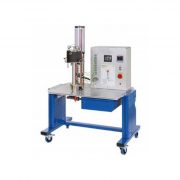
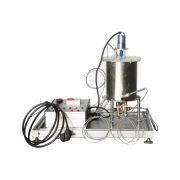
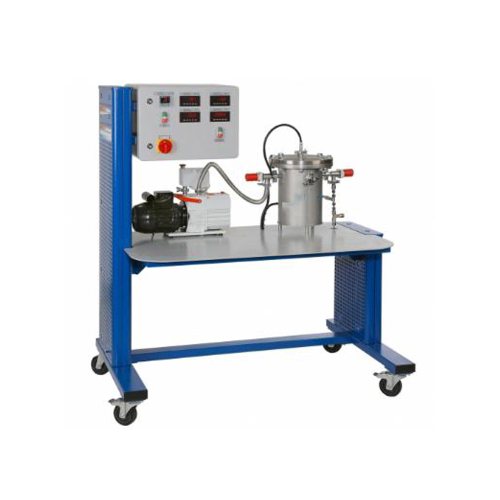
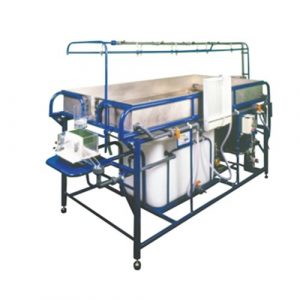
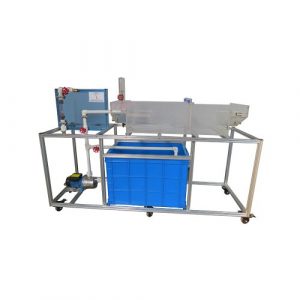
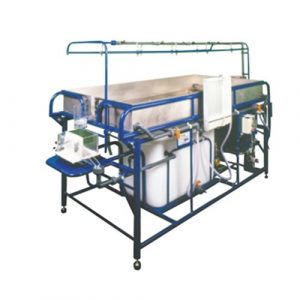
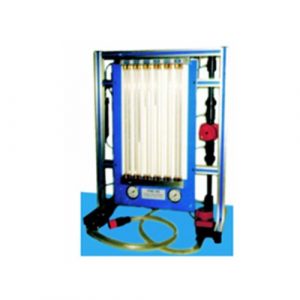
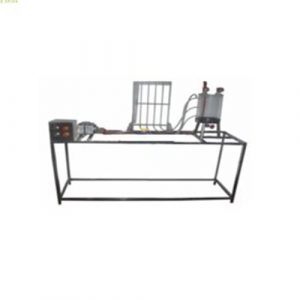
-300x300.jpg)
